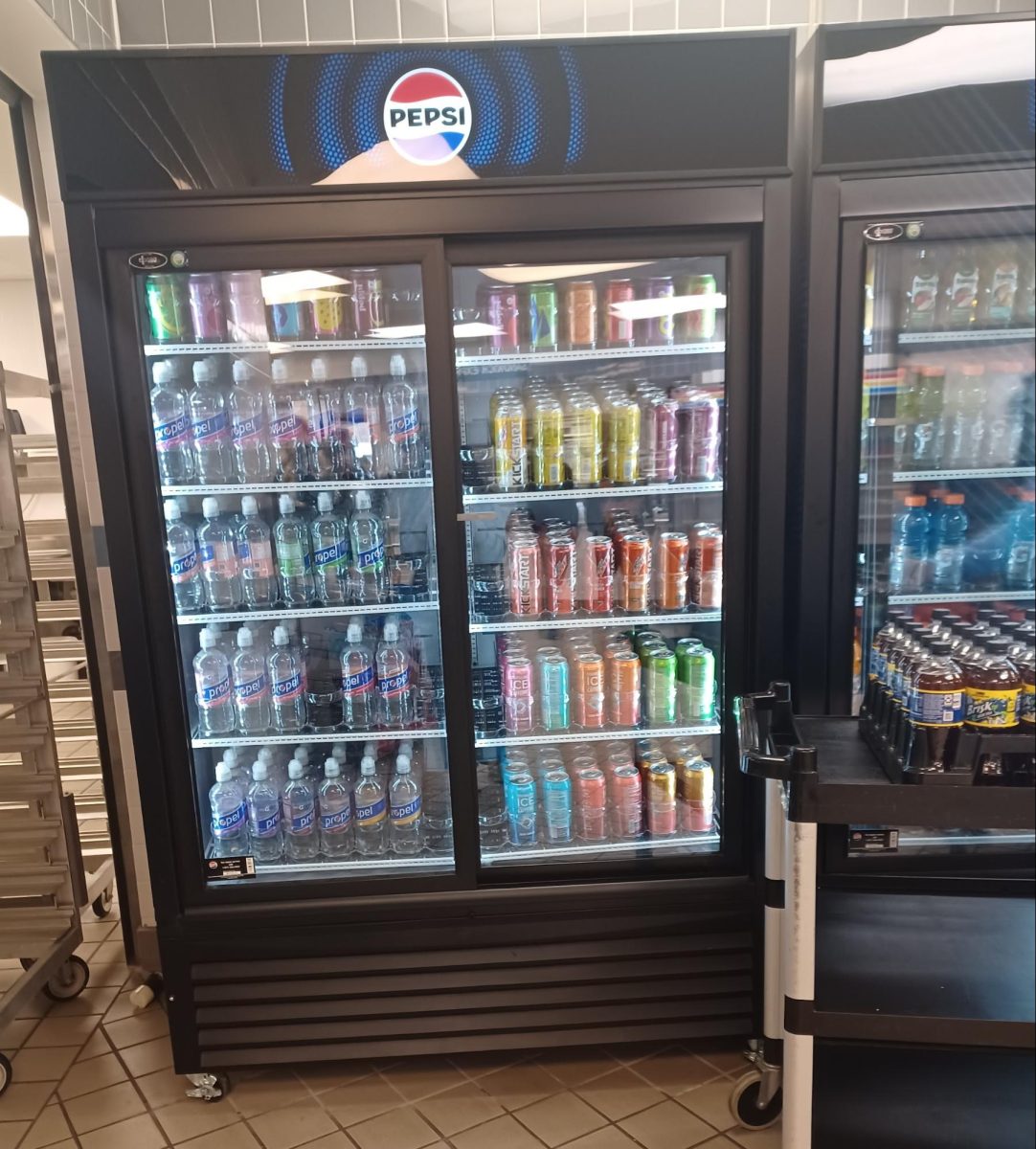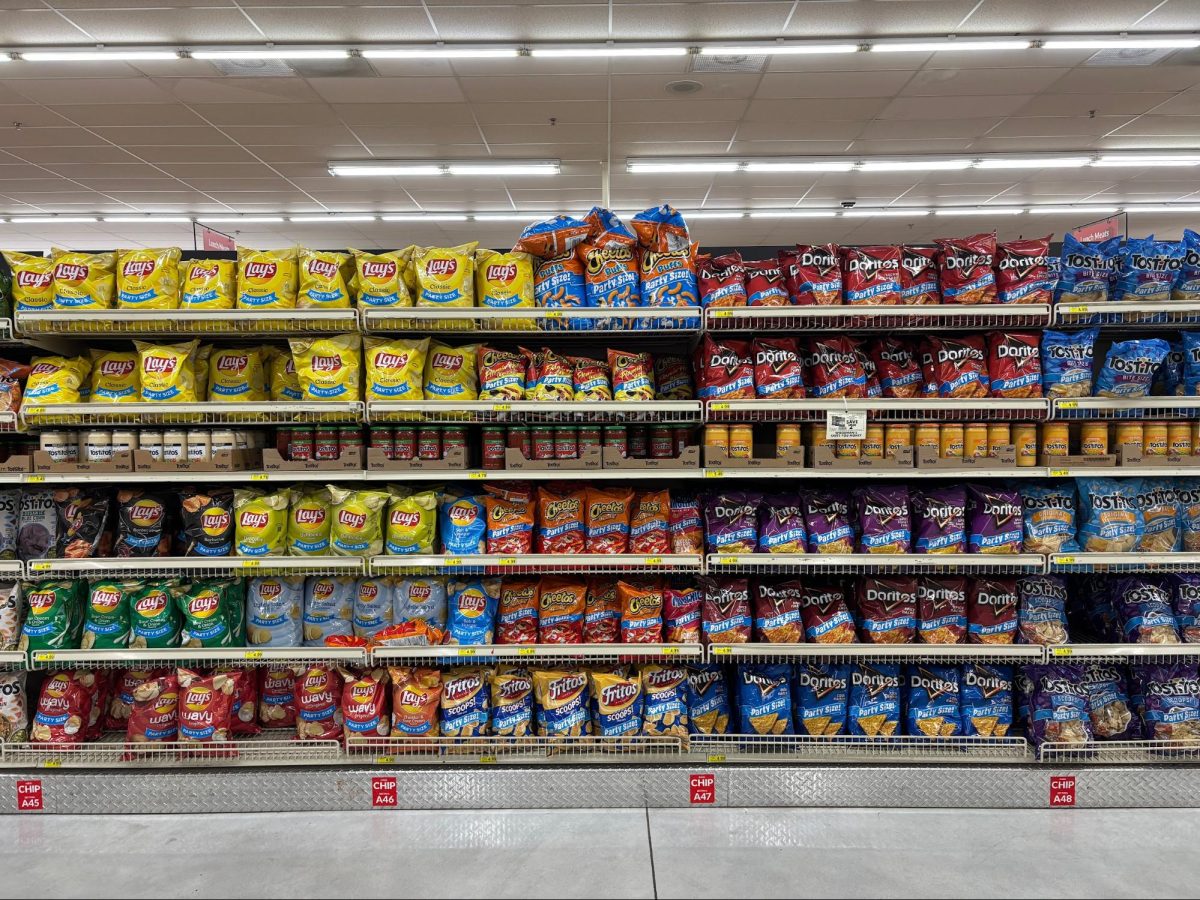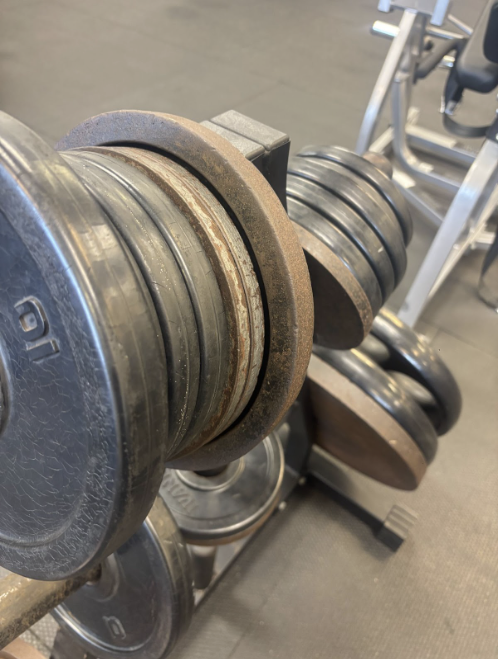It’s your favorite kind of morning in late fall. You wake to the comforting smell of fresh pancakes and eggs cooking in the kitchen. As you climb out of bed, the chill in the air makes you pull your blanket tighter around your cold body. Stepping out of the room you slept in, you hear the familiar clatter and cheerful ruckus of breakfast being made. When you reach the kitchen, you see your grandma at the stove. She looks up and smiles. “Good morning! How did you sleep?” she asks. It was the best sleep you’ve had in weeks – you always sleep best at Grandma and Grandpa’s house. Then, just as you’re about to answer, a pair of warm arms wrap around you. You look up to see Grandpa smiling down at you. “I slept great,” you say, smiling back.
Memories like these remind you how special little moments in life truly are – the warmth of being surrounded by family and the feeling of being loved by your elders. These are the kinds of memories that often shape people’s lives. Memories that many hold close to themselves for years. But as the world changes, it’s becoming exponentially harder to imagine this for future generations. Future generations may or may not have the chance to experience close family bonds like ones in multi-generational households. The choices people make today – what they eat, what they wear, what they breathe – are speedily affecting not just their health, but the possible memories are being stripped away from future children.
If the world continues to consume chemicals and toxins, an exponential increase of premature deaths could occur. This is due to the lack of common knowledge on popular foods and drinks. This reality underscores the need for greater consumer awareness along the lines of nutrition, as well as simply anything people use on a daily basis such as technology, clothing, skin care and much more. With the current rate of obesity in America, future generations might not be able to grow old enough to become grandparents. This means there will be no memories for future children with their elders, due in large part to the lack of knowledge on commonly distributed chemicals.

(Photo By Ciara Puett)
Some chemicals commonly found in processed foods have been linked to health risks and could contribute to shorter lifespans worldwide. This highlights the importance of consumer awareness. According to the Environmental Working Group, numerous additives and preservatives used in processed foods have been linked to very serious health risks. For instance, propyl paraben, often found in baked goods like pastries and tortillas, has been involved with developmental and reproductive harm. Propyl paraben butylated hydroxyanisole, which is commonly referred to as BHA or butylated hydroxytoluene and is seen on nutrition labels as BHT, has preservatives that are used in items such as cereals as well as cured meats. These are considered possible human carcinogens, meaning they may increase the risk of cancer.
The Environmental Working Group also noted that another harmful additive, titanium dioxide, is used in candies but can damage DNA. This could potentially lead to long-term health effects. Even synthetic food dyes, found in countless snacks and drinks, could possibly be associated with behavioral or developmental issues in children.
Although many people do not spend their day-to-day lives looking at food labels, Alaina Krzeminski, a junior at Lake Zurich High School, checks labels daily due to her Type One Diabetes. She has lived with the condition her whole life, but she only found out a few years ago despite having looked at labels practically every time she ate.
“I looked at labels almost every time I ate or when I didn’t know how many carbohydrates there were in a specific food,” Krzeminski said. “Now that I have been diagnosed with diabetes for five years, I do not need to look at some labels since they are basically engraved in my brain.”
For lots of people, however, the likelihood of someone even glancing at a nutrition label – or truly understanding what it means – is extremely low. For that reason, more and more people have recently started to get apps to try and learn the truth about what they are eating.
One app in particular that has gotten worldwide attention in recent years is Yuka. Yuka is an app commonly found on phones for everyday use. The premise is that you scan a barcode on a food product, or practically any product with a list of “ingredients” on the back, to then get a rating from 0-100 based on the healthiness of the product. The rating comes from the amount or intensity that a chemical or chemicals have in the product. For example, if you were to scan a Pepsi Zero Sugar, the rating would read a 39/100. The reasoning is not due to the amount of calories or sugar, but distinctly because of the amount of chemicals. There are four high-risk chemicals in the drink and three more lower-risk chemicals.
One of the high-risk chemicals is phosphoric acid. If you click on the chemical, the app will then explain what the chemical is and what it does for the product you are consuming, as well as tell you some impacts it may have on you if you choose to drink or eat it. For Pepsi Zero Sugar, potential risks include cardiovascular diseases, adverse effects on kidneys, disorder of bone mineralization and exceeding of the ADI.

When you scan a product, you know Yuka is reliable because with every fact that it states, it includes various scientific resources to back it up. Some individuals don’t truly care or think about what they put into their bodies, and they might look past apps such as Yuka without a second glance. But that lack of care could accentuate poor eating habits. This then contributes to various health issues, including obesity and Type 2 Diabetes, among other conditions.
But do not confuse Type Two with Type One Diabetes. While it may seem that the only difference is a number, there is much more to know since the two conditions are practically opposites.
“A fact that most people misunderstand is that Type One Diabetes does not come from eating too much sugar or eating bad,” Krzeminski said. “Type One develops over time since you were born.”
Although she looks at food labels every day, this does not mean that she is trying to lower her amount of sugar in a diet-related sense. Instead, merely trying to keep her medical health sustained due to her condition.
There are many consequences for poor health, but there are also numerous health conditions that shape or even improve a person’s overall well-being. The sheer number of medical conditions that people have heard of but do not know what they truly entail is surprisingly large. Many individuals likely do not know what the process is really like or how someone even finds out they have Type One. Alaina’s story of discovering her Type One Diabetes is especially compelling.
“I wasn’t feeling good for about three or four days before I went to the hospital, and my family thought it was just a stomach bug or something,” Krzeminski said. “But one night I got up to go to the bathroom and couldn’t walk without falling over, so my parents called 911 and had an ambulance come to take me to the hospital. When they got to my house, they took my blood sugar because of the symptoms my mom described, and they saw it was over 500. I was officially diagnosed at the hospital later that night, though.”
Being able to understand and acknowledge multiple perspectives and experiences related to health can help someone to see all aspects, rather than just what is on the surface. Health and awareness go hand in hand, affecting not only how long we live, but how we live every single day. Krzeminski’s awareness of food labels shows how powerful knowledge can be. When people look beyond the label – when they understand how their decisions can shape the future – they can realize the truth. The truth about what the world is really consuming, increasing the possibility for everyone to live a long, love-filled life.












